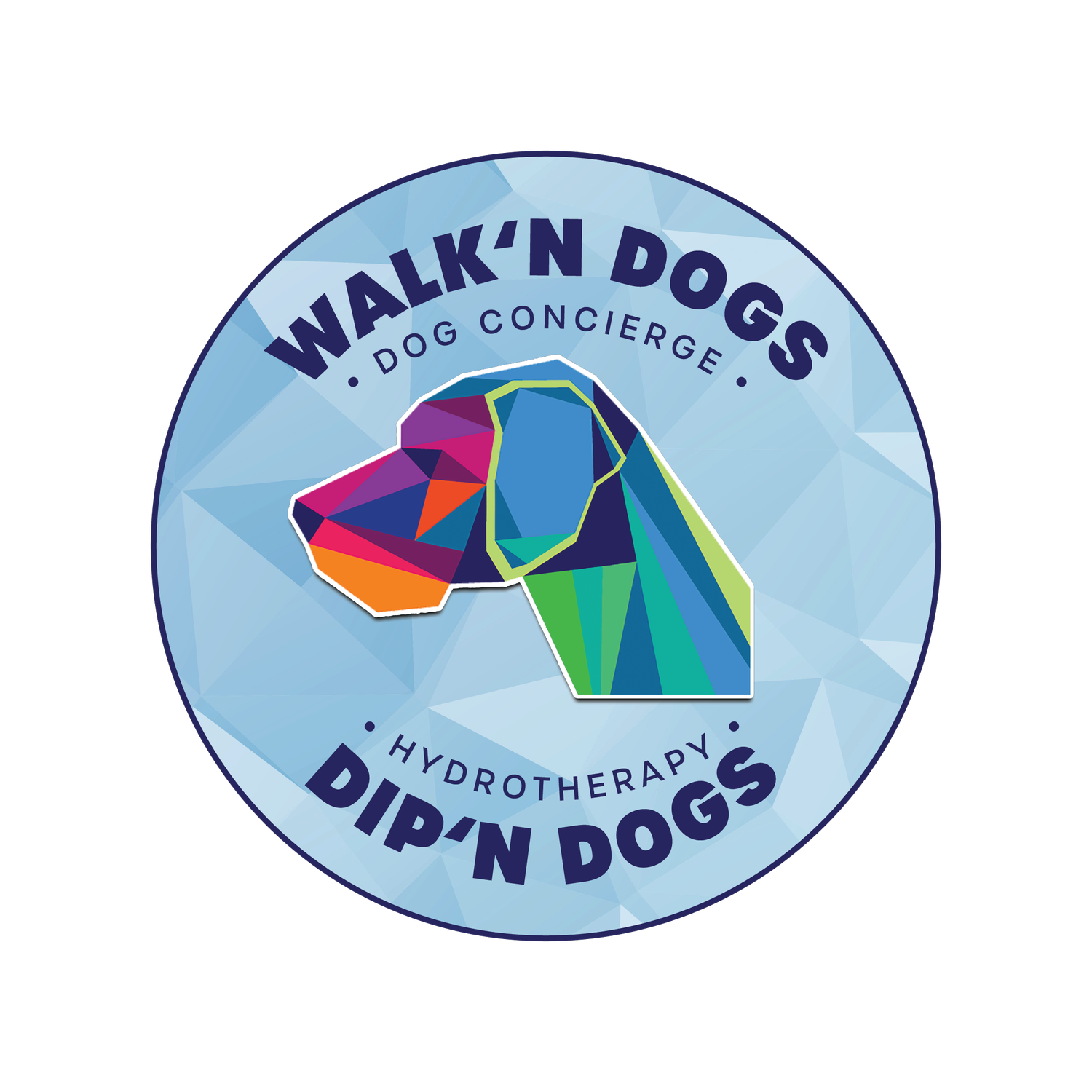Precautionary Measures: Understanding the Risk of Canine Bloat
While swim therapy is incredibly beneficial, it’s important to take precautionary measures before any exercise or swimming session—especially to avoid a serious condition known as bloat.
Canine bloat, or Gastric Dilatation-Volvulus (GDV), is a life-threatening condition in which the dog’s stomach fills with gas and can twist, cutting off blood flow. It can occur suddenly and escalate rapidly, particularly in deep-chested breeds like Great Danes, Boxers, and German Shepherds.
Why Precautions Are Necessary Before Swimming
Engaging in physical activity, including swimming, too soon after eating or drinking can increase the risk of bloat. Here's why timing and preparation matter:
Swimming on a Full Stomach – Exercise right after eating can trigger bloat. It’s recommended to wait at least 1.5 to 2 hours after feeding your dog before a swim session.
Ingesting Water While Swimming – Some dogs tend to gulp water while playing or swimming, which can introduce excess air into the stomach and increase bloat risk.
Overexertion – Intense or prolonged physical activity without adequate rest can also contribute to stress on the digestive system.
Breeds More Susceptible to Bloat
While any dog can develop bloat, certain breeds are at a significantly higher risk due to their deep chests. If your dog is one of the following, it’s especially important to follow bloat prevention guidelines:
Great Danes
German Shepherds
Boxers
Standard Poodles
Doberman Pinschers
Weimaraners
Saint Bernards
Irish Setters
Gordon Setters
Basset Hounds
Old English Sheepdogs
Akitas
Bloodhounds
These breeds have a chest shape and structure that make them more prone to gastric torsion. Extra caution is essential before and after swim sessions.
Tips to Help Prevent Bloat Around Swim Sessions
Wait After Meals – Always allow a 1.5 to 2-hour window between eating and swimming.
Avoid Excessive Water Intake – Monitor your dog to prevent gulping large amounts of water during swim play.
Limit Intensity – Especially in the beginning, keep swim sessions moderate and build endurance gradually.
Know Your Breed’s Risk – Deep-chested breeds are more prone to bloat and require extra caution.
Watch for Warning Signs – If your dog exhibits a distended abdomen, restlessness, unproductive retching, or signs of pain, seek emergency vet care immediately.
Degenerative Joint Disease doesn’t have to mean the end of an active life for your dog. Canine swim therapy offers a safe, effective, and enjoyable way to manage DJD symptoms while improving overall health and mobility. By incorporating swimming into your dog’s care routine, and by taking the proper precautions—especially to avoid bloat—you can ensure your pet stays strong, comfortable, and safe for years to come.

